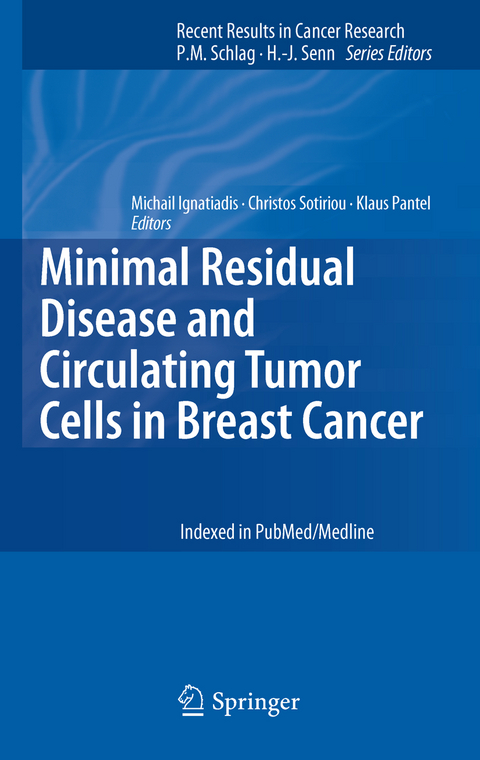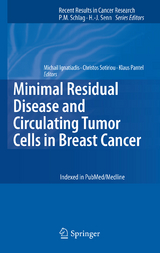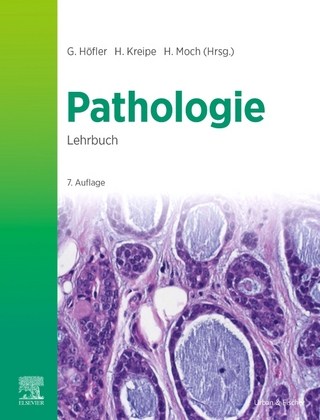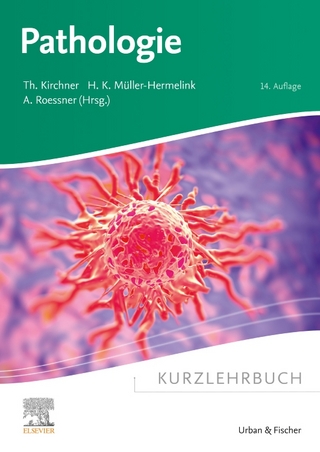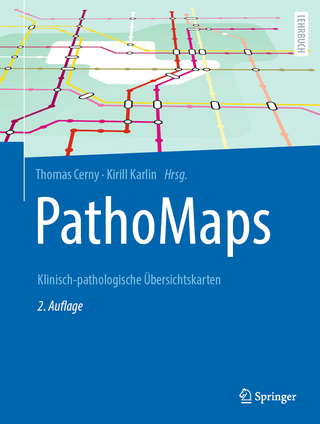Minimal Residual Disease and Circulating Tumor Cells in Breast Cancer
Springer Berlin (Verlag)
978-3-642-28159-4 (ISBN)
Most deaths from carcinomas are caused by the hematogenous dissemination of cancer cells to distant organs and the eventual development of metastases. When found in the bone marrow or peripheral blood of carcinoma patients, occult cancer cells are referred to as disseminated tumor cells (DTCs) or circulating tumor cells (CTCs). CTCs and DTCs are considered surrogates of minimal residual disease, i.e., the presence of malignant cells in distant organs that are undetectable by conventional imaging and laboratory tests used for tumor staging after curative surgery of the primary tumor.
In this book, leading investigators in the field provide up-to-date information on a series of important questions, including:
- How can the study of minimal residual disease and CTCs help us to better understand breast cancer metastasis?
- What technologies are available for the detection and characterization of CTCs and DTCs, and what are their relative merits?
- How are DTCs and CTCs relevant to clinical research and practice?
- What is the role of other blood-based biomarkers such as circulating endothelial cells and circulating nucleic acids?
- What are the challenges in drug and biomarker co-development and the use of CTCs for companion diagnostic development?
This book will be of interest and assistance to all who are engaged in the modern management of breast cancer.
Minimal residual disease and circulating tumor cells in breast cancer: Open questions for research.- Minimal residual disease and breast cancer metastasis.- Self-seeding in cancer.- Microenvironments dictating tumor cell dormancy.- Technologies for circulating tumor cell (CTC) and disseminated tumor cell (DTC) detection and characterization.- Immunomagnetic separation technologies.- Microfluidic technologies for the isolation of CTCs.- EPISPOT assay: Detection of viable disseminating tumor cells in solid tumor patients.- Advances in optical technologies for rare cell detection and characterization.- Size-based enrichment technologies for circulating tumor cell (CTC) detection and characterization.- Emerging technologies for CTC detection based on depletion of normal cells.- Molecular assays for the detection and characterization of CTCs.- Multiplex molecular analysis of CTCs.- Other blood-based biomarkers.- Circulating DNA and next generation sequencing.- Circulating microRNAs as non-invasive biomarkers in breast cancer.- Circulating endothelial cells and circulating endothelial progenitors.- Disseminated tumor cells (DTCs) and circulating tumor cells (CTCs) in breast cancer clinical research and practice.- Bone marrow DTCs.- CTCs in primary breast cancer.- CTCs in early breast cancer.- CTCs in metastatic breast cancer.- HER2-positive DTCs/CTCs in breast cancer.- DTCs and CTCs in breast cancer - 5 decades later.- Drug and circulating tumor cell co-development.- Challenges in drug and biomarker co-development.- Challenges and opportunities in the use of CTCs for companion diagnostic development.
lt;p>From the reviews:
"This book is aimed directly at cancer researchers, delving into the various technologies used to identify and characterize these rare tumor cells. ... this is the first book to summarize the progress in this field. It charts the evolution in thinking about breast cancer from the Halstedian notion of a local disease to more of a systemic illness in an accessible way and nicely summarizes the data without overwhelming readers." (Megan E. Sullivan, Doody's Review Service, July, 2012)
| Erscheint lt. Verlag | 23.4.2012 |
|---|---|
| Reihe/Serie | Recent Results in Cancer Research |
| Zusatzinfo | XIV, 254 p. |
| Verlagsort | Berlin |
| Sprache | englisch |
| Maße | 155 x 235 mm |
| Gewicht | 542 g |
| Themenwelt | Medizin / Pharmazie ► Medizinische Fachgebiete ► Chirurgie |
| Medizin / Pharmazie ► Medizinische Fachgebiete ► Gynäkologie / Geburtshilfe | |
| Medizin / Pharmazie ► Medizinische Fachgebiete ► Onkologie | |
| Studium ► 2. Studienabschnitt (Klinik) ► Pathologie | |
| Schlagworte | Breast Cancer • Circulating nucleic acids • Circulating tumor cells • Micrometastasis • minimal residual disease • surgical oncology |
| ISBN-10 | 3-642-28159-1 / 3642281591 |
| ISBN-13 | 978-3-642-28159-4 / 9783642281594 |
| Zustand | Neuware |
| Haben Sie eine Frage zum Produkt? |
aus dem Bereich
